Introduction
The world of electrical measurements is divided between analog and digital voltmeters. While digital voltmeters have gained popularity due to their precise numeric displays and ease of interpretation, analog voltmeters, with their physical deflection and tactile feedback, hold their own unique advantages. This article explores the differences between analog and digital voltmeters, comparing their features, accuracy, readability, and durability, and why analog voltmeters might still be the preferred choice in certain situations.
Understanding Voltmeters: Analog and Digital
Voltmeters measure the voltage or potential difference across points in an electrical circuit. There are two main types: analog and digital. Analog voltmeters measure voltage through physical deflection or movement in response to the voltage. Digital voltmeters, however, convert the unknown input voltage into a digital value and display it numerically.
Analog Voltmeter: A Closer Look
An analog voltmeter operates by moving a pointer across a scale in proportion to the voltage measured. The instrument is designed to minimally disturb the circuit, drawing a minimum of current to operate. The deflection of the coil in the galvanometer is proportional to the current, which in turn is proportional to the applied voltage, indicated by a pointer on a scale.
Digital Voltmeter: An Overview
A digital voltmeter (DVM) measures voltage by converting the unknown input voltage into a digital value, which is then displayed numerically. The design of DVMs often revolves around a specific type of analogue-to-digital converter known as an integrating converter. Factors such as input impedance, temperature, and power supply voltage variations can impact the accuracy of a DVM. To maintain the manufacturer’s specified tolerances, DVMs need to be periodically calibrated with a voltage standard.
Analog vs. Digital Voltmeters: A Comparison
Analog and digital voltmeters differ in their display and accuracy. Analog voltmeters offer readings by moving a pointer on a scale to indicate voltage. They may be more affordable than digital voltmeters. Digital voltmeters provide numerical displays of voltage using an analog-to-digital converter. They generally offer more accuracy and allow a wider range of values to be viewed more easily. However, the choice between analog and digital depends on the specific requirements of the task.
Accuracy and Precision
The accuracy and precision of a voltmeter can be a deciding factor in its selection. An analog voltmeter, while often more accurate when checking a diode, can be difficult to use due to its low resistance and high sensitivity. A digital voltmeter provides more accurate readings, especially in voltage measurements, due to their higher resistance. The digital display allows for precise readings. Additionally, the auto-ranging feature of digital voltmeters can be particularly helpful when the measurement range is unknown.
Readability and Interpretation
The primary difference between analog and digital voltmeters is the display. An analog voltmeter uses a needle to show the value, which can be a bit difficult to interpret, especially for beginners. A digital voltmeter displays the reading in digits on a screen, making measurements much more accurate and easier to read. This ease of reading and interpretation is one of the reasons why many professionals and educational institutions prefer digital voltmeters.
Durability and Reliability
Analog voltmeters, having more delicate components, are comparatively more fragile than digital voltmeters. The analog meter typically has a switch position that protects the meter during transportation and other activities that could damage the voltmeter. Digital voltmeters, made from compact circuits and heavily coated plastic, are more durable. However, both types have their own pros and cons, and the choice depends on the specific requirements of the user.
Why Analog Voltmeters Might Be the Preferred Choice
Analog voltmeters have several advantages over digital voltmeters. They provide a quick indication of signal magnitude, with no waiting for auto-ranging or digital display settling. They can measure voltage and current regardless of battery condition, unlike digital voltmeters. Analog voltmeters are also easier to read in the presence of noisy signals. They give fewer 'ghost' readings and provide a rapid indication of continuity. Furthermore, they emit zero RFI, causing no disturbance to sensitive test circuits. Despite advancements in digital voltmeters, these advantages ensure analog voltmeters still have a place in many tool kits.
Analog Voltmeters in Education
Analog voltmeters, often incorporated into multimeters, have a significant role in education. Many colleges and universities lean towards using digital multimeters due to their ease of reading and interpretation. However, the analog multimeter, with its needle and scale display, can provide a more tactile and visual learning experience. This hands-on experience can be invaluable in grasping the fundamentals of electronics.
Analog Voltmeters in Professional Settings
Analog voltmeters are still widely used in professional settings, including general electronic test and measurement, electrical power distribution, and industrial control. They offer a wide measuring range and a continuous bar display, making them suitable for these applications. Analog voltmeters are also highly durable, making them a reliable choice for industrial applications. They are particularly useful in situations where a rapid indication of trends in voltage change is beneficial.
The Aesthetic and Nostalgic Appeal of Analog Voltmeters
The enduring charm of analog voltmeters is evident in projects that use new technology to recreate what was state of the art in the past. Despite the prevalence of digital displays, the analog voltmeter holds a certain allure, harking back to a time when engineering was more tactile and visually engaging. The project also encourages users to create their own scales, adding a personal touch and further enhancing the aesthetic appeal of the device.
Conclusion
While digital voltmeters have gained popularity due to their precision and ease of reading, analog voltmeters continue to hold their ground. Their ability to provide quick indications of signal magnitude, function regardless of battery condition, and offer a more tactile learning experience make them a valuable tool in both educational and professional settings. Moreover, the aesthetic and nostalgic appeal of analog voltmeters adds to their enduring charm. Despite the digital revolution, the 'old school' analog voltmeter remains a reliable and appealing choice, proving that sometimes, the old ways might indeed be the best ways.












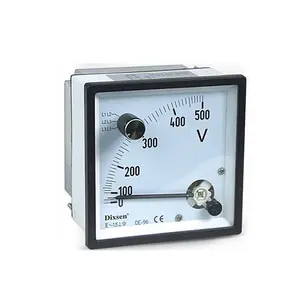
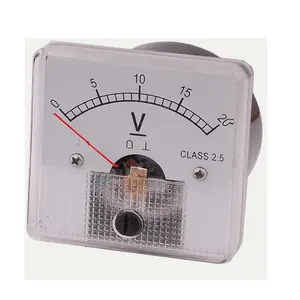


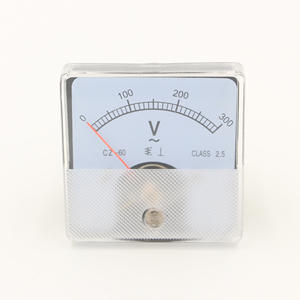
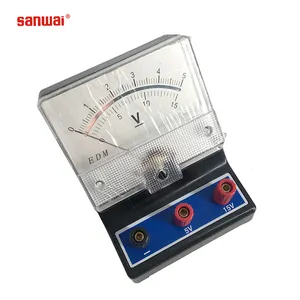





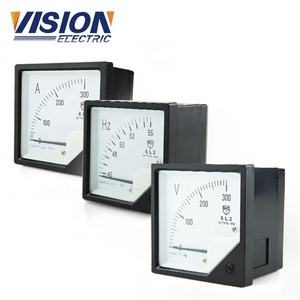


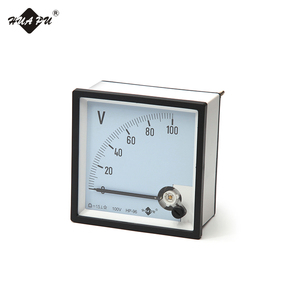



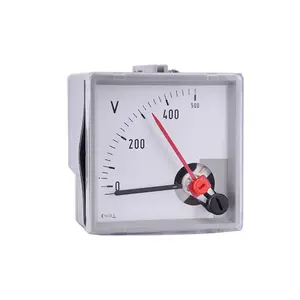
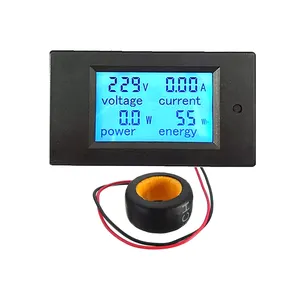




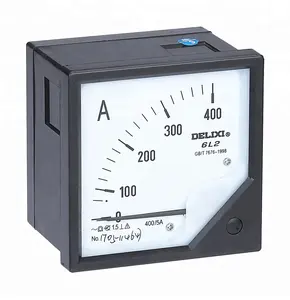
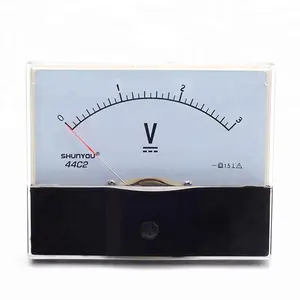

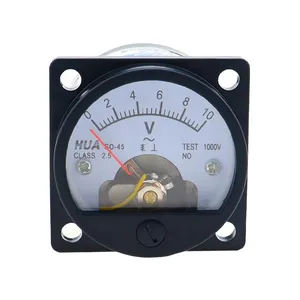



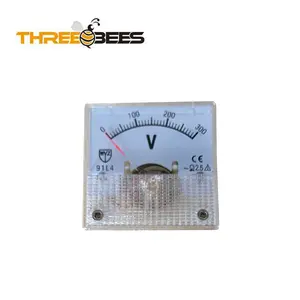





























 浙公网安备 33010002000092号
浙公网安备 33010002000092号 浙B2-20120091-4
浙B2-20120091-4